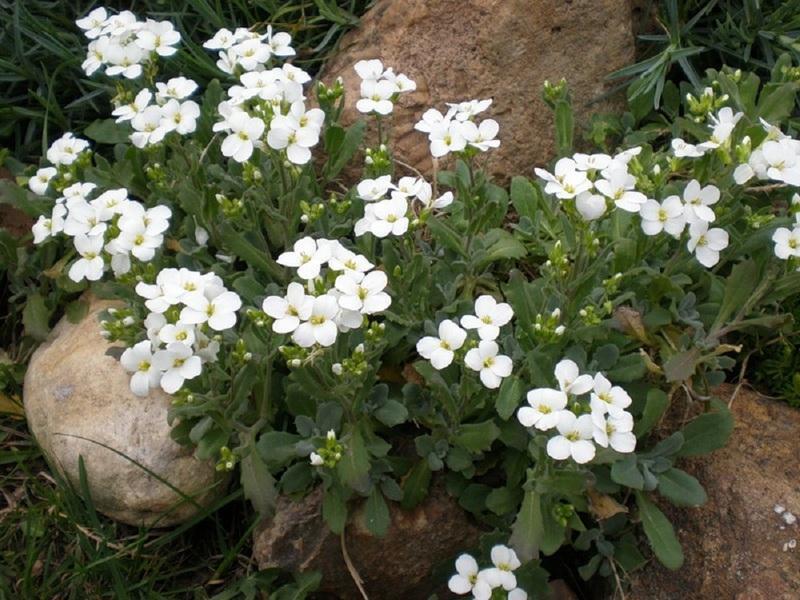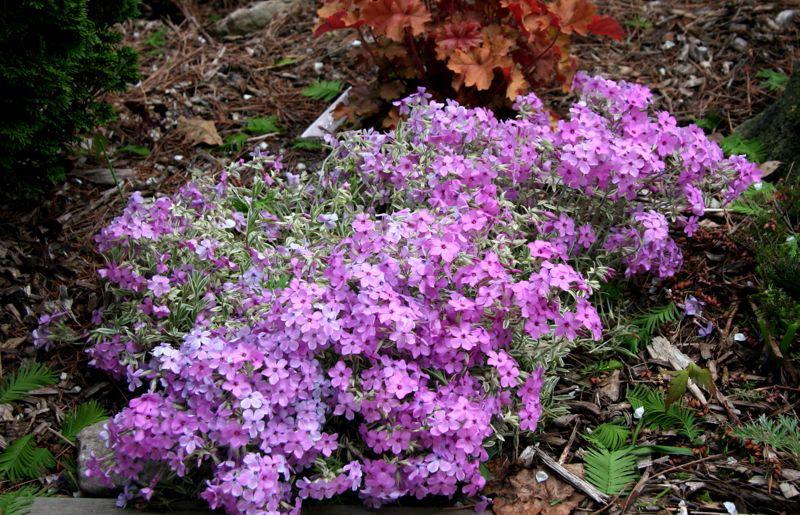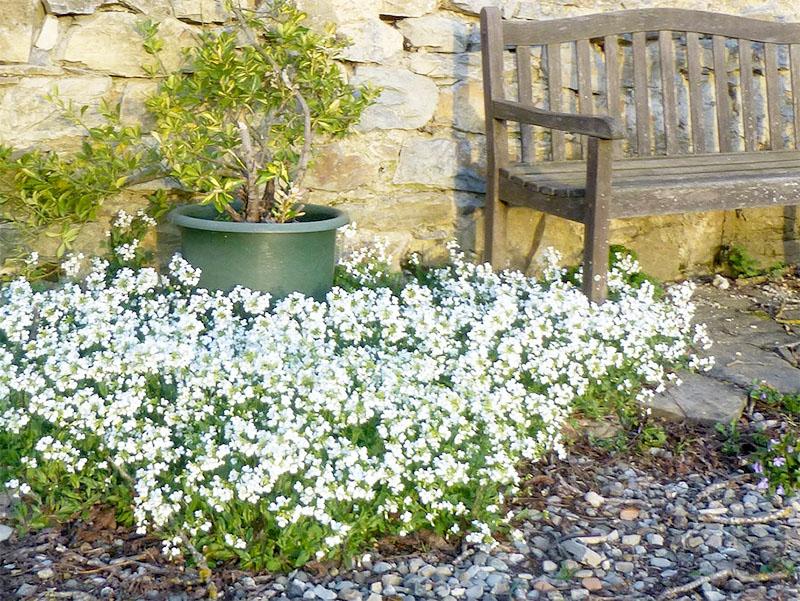Unpretentious ground cover - Arabis, planting and care, photo
 Its small bushes are almost invisible among the tall neighbors, and the small flowers with 4 petals look very simple. This is a charming Arabis, planting and caring for (photo further in the article), which is as easy as the nature of the plant. An unpretentious culture will survive even on stony soil. And its flowering, although small, is abundant and rather long. In the southern regions with warm winters, Arabis will be perennial, actively growing with each season and forming a dense carpet. In colder regions, the flower grows as an annual, but reproduces well by self-sowing.
Its small bushes are almost invisible among the tall neighbors, and the small flowers with 4 petals look very simple. This is a charming Arabis, planting and caring for (photo further in the article), which is as easy as the nature of the plant. An unpretentious culture will survive even on stony soil. And its flowering, although small, is abundant and rather long. In the southern regions with warm winters, Arabis will be perennial, actively growing with each season and forming a dense carpet. In colder regions, the flower grows as an annual, but reproduces well by self-sowing.
Arabis - planting and care, photo

For dense villi covering deciduous plates, Arabis is popularly called rezuha. If you inadvertently take a leaf, you can cut yourself.
Arabis blooms from April to almost mid-summer. During this period, the bushes are covered with many small fragrant flowers. Their diameter does not exceed 1.5 cm, and their color is dominated by white and pink colors. Lilac and yellow arabis are less common.
How and where to plant
 At home, Arabis is propagated by seeds or by dividing adult bushes. Seeds can be sown:
At home, Arabis is propagated by seeds or by dividing adult bushes. Seeds can be sown:
- at the end of March for seedlings, which are planted in open ground in May;
- at the end of April - immediately to the flower bed;
- or before winter, sowing them in the garden in the month of October.
When growing razuha from seeds, it should be borne in mind that it will bloom only next year.
Arabis is able to grow in both acidic and rocky soil. But it will bloom more abundantly and grow more actively on sandy and loose soil with neutral acidity.
How to care for Arabis
 Young bushes require more attention. At first, they need to be watered often, especially seedlings, and weeds must be removed in time. When Arabis grows up and gets stronger, it should be watered only during a drought. It will tolerate a short-term lack of moisture better than waterlogging. And thanks to the rapid growth over time, adult flowers themselves will displace weeds, drowning them out with their dense carpet. In fertile soil, razuha will grow without top dressing. If the soil is poor, then it will not hurt to carry out a couple of dressings with mineral complexes.
Young bushes require more attention. At first, they need to be watered often, especially seedlings, and weeds must be removed in time. When Arabis grows up and gets stronger, it should be watered only during a drought. It will tolerate a short-term lack of moisture better than waterlogging. And thanks to the rapid growth over time, adult flowers themselves will displace weeds, drowning them out with their dense carpet. In fertile soil, razuha will grow without top dressing. If the soil is poor, then it will not hurt to carry out a couple of dressings with mineral complexes.
In the south, where in winter the temperature does not drop below 7 ° C frost, Arabis winters without shelter. And to grow it as a perennial in colder climates, the bushes need to be covered.